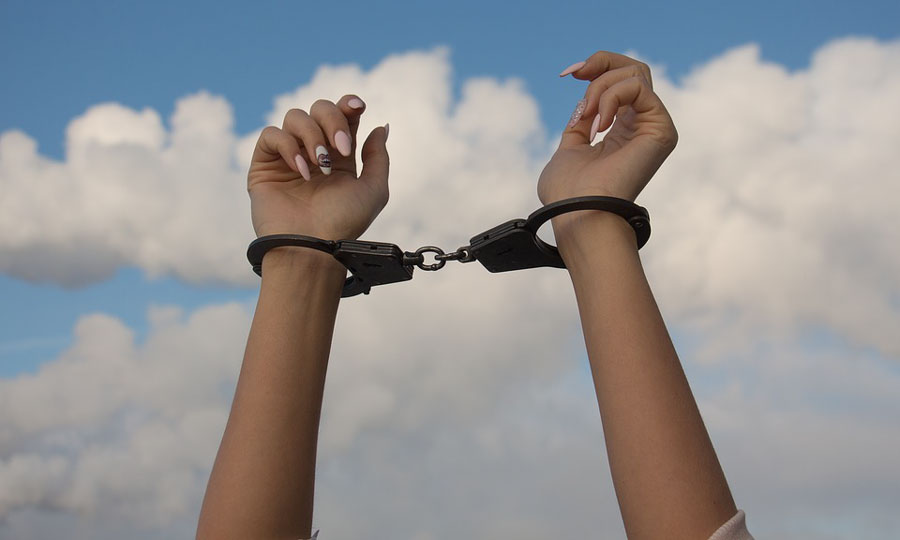
NEW YORK — Getting to zero, that’s the goal of a project begun in New York to end the incarceration of girls in the juvenile justice system.
The Initiative to End Girl’s Incarceration began at the Vera Institute of Justice in New York City two years ago. It works at the intersections of race, gender, sexual orientation, physical and sexual abuse and juvenile justice to create reforms that better support girls. And it appears to be working.
According to project director Lindsay Rosenthal, when they first started, 56 girls were in long-term juvenile detention in the city. But in the first six months of 2019, there were only seven.
“So, there’s been dramatic reductions, and the number of girls coming in for short-term detentions has also gone down by more than half,” Rosenthal said.
The Initiative now has programs running in five states, including Pennsylvania and California, and at least four other states are using the Initiative’s strategies and online tools to get to zero.
Darya Larizadeh, policy attorney with the National Center for Youth Law pointed out, in contrast to boys, most girls are brought into juvenile detention for low-level, nonviolent offenses, and sexual violence plays a big role in why girls end up going into the system.
“Approximately 80% of girls in the juvenile justice system have experienced some form of sexual violence,” Larizadeh said. “And we see that girls are over four times more likely to report having experienced sexual abuse than boys.”
She added in 2017, only 4% of arrests of girls nationwide were for violent offenses.
Rosenthal said the Initiative is now targeting the states with the highest numbers of girls incarcerated, as well as those closest to zero already, and devising new solutions to the most intractable problems.
“It’s making sure that we’re advancing girls’ freedoms, and that their rights – to safety, education, health care – are being realized in the community,” Rosenthal said.
She said the goal is to end the placement of girls in juvenile detention facilities across the country within ten years.



Comments are closed.